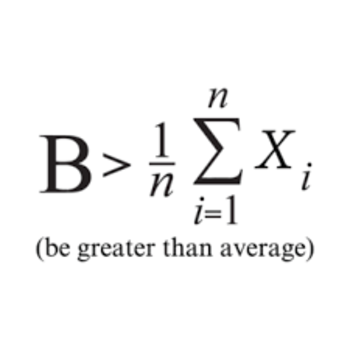A model train, with a mass of 5kg, is moving on a circular track with a radius of 9m. If the train's rate of revolution changes from 4Hz to 5Hz, by how much will the centripetal force applied by the tracks change by?
1 Answer
See below:
Explanation:
I think the best way to do this is to figure out how the time period of rotation changes:
Period and frequency are each other's reciprocal:
So the time period of rotation of the train changes from 0.25 seconds to 0.2 seconds. When the frequency increases. (We have more rotations per second)
However, the train still has to cover the full distance of the circumference of the circular track.
Circumference of circle:
Speed=distance/time
Then we can find the centripetal force in both scenarios:
So, when the frequency is 4 Hz:
When frequency is 5Hz:
Change in force:
So the total force increases by about

